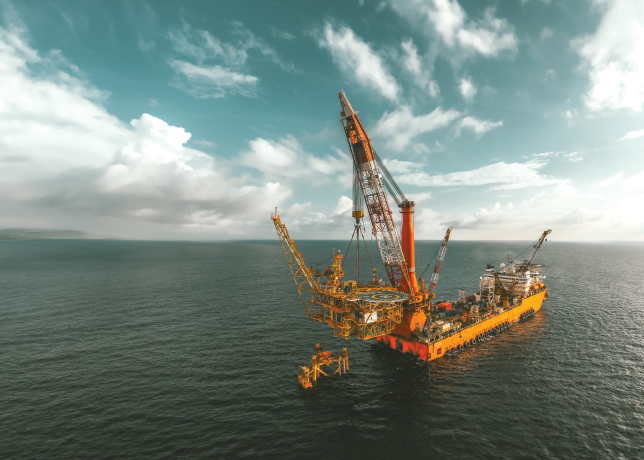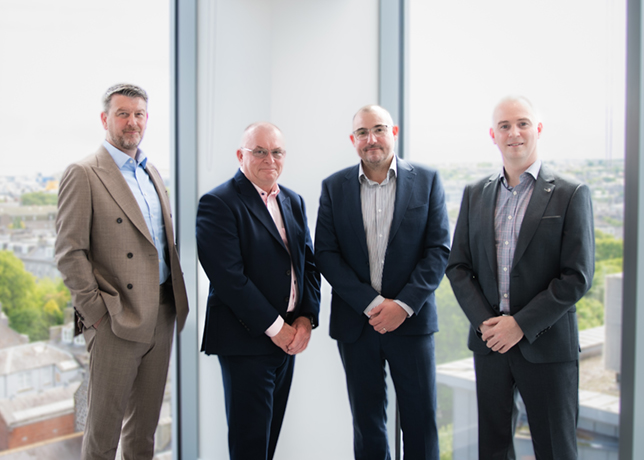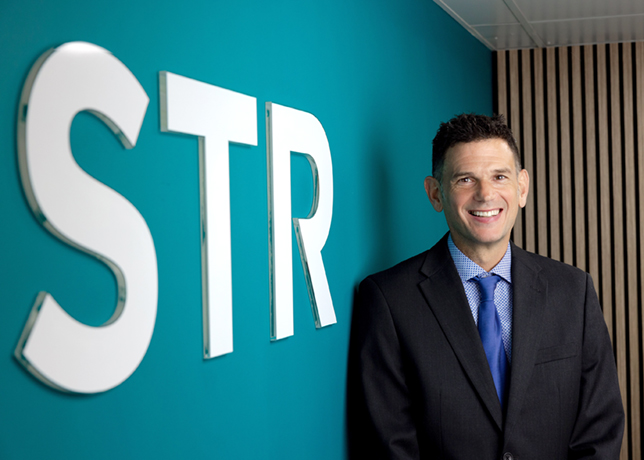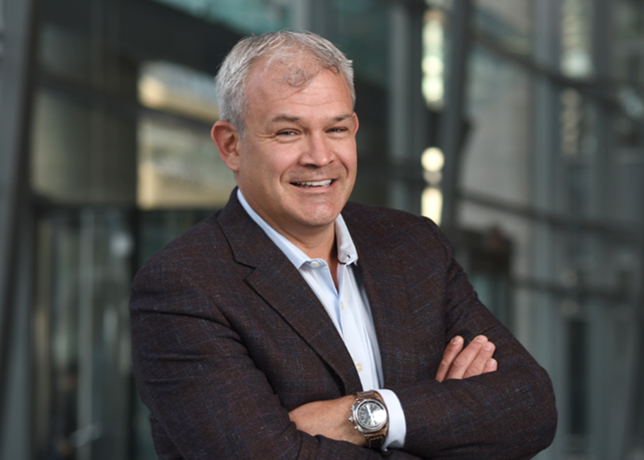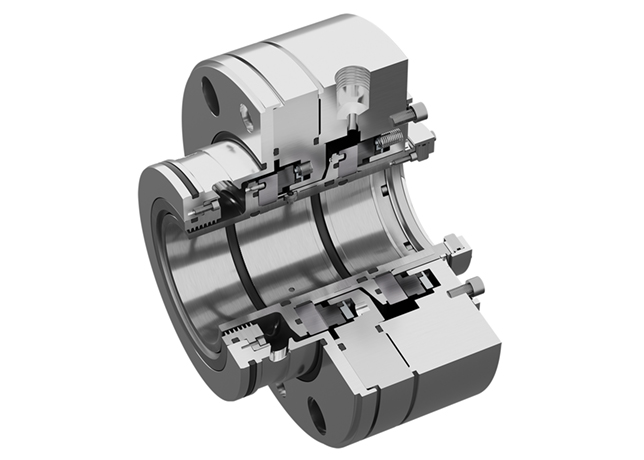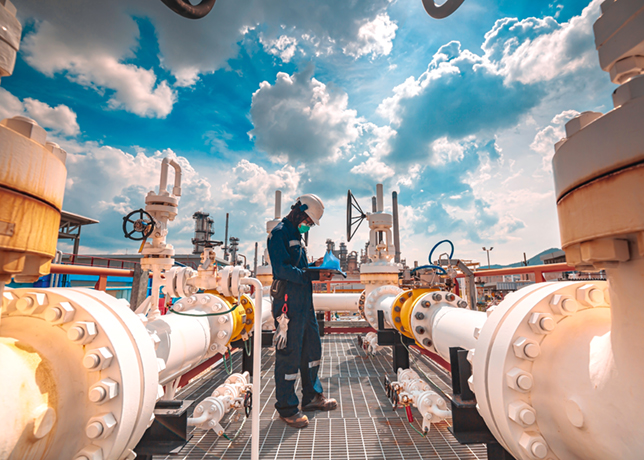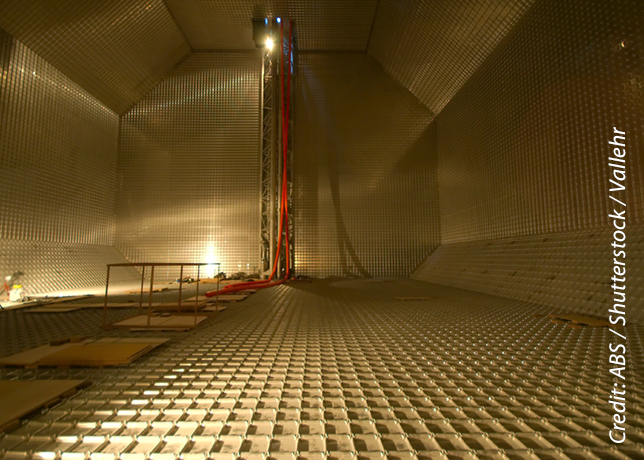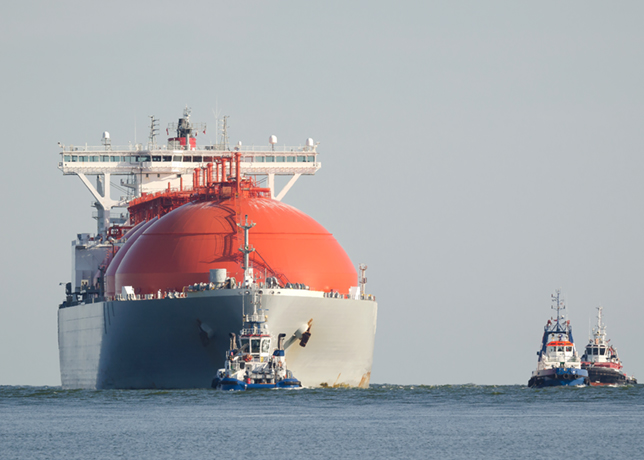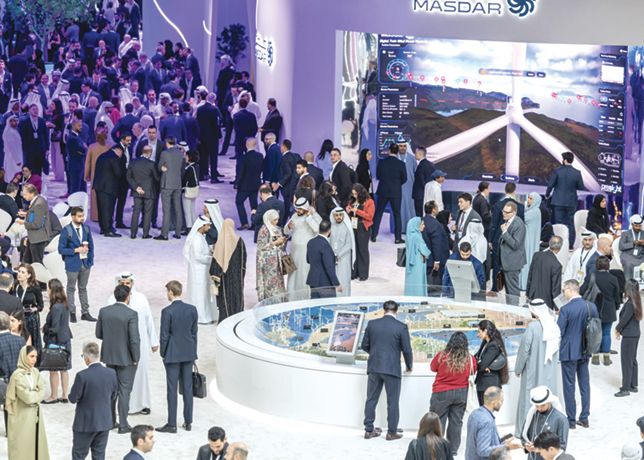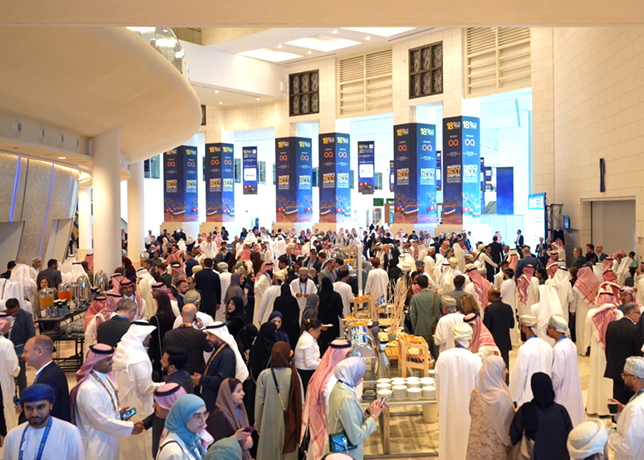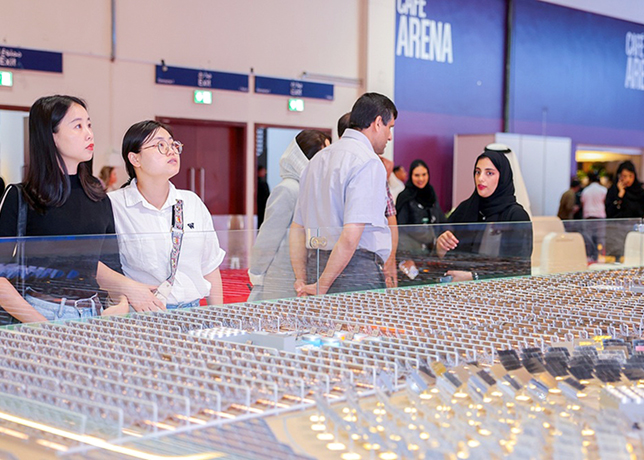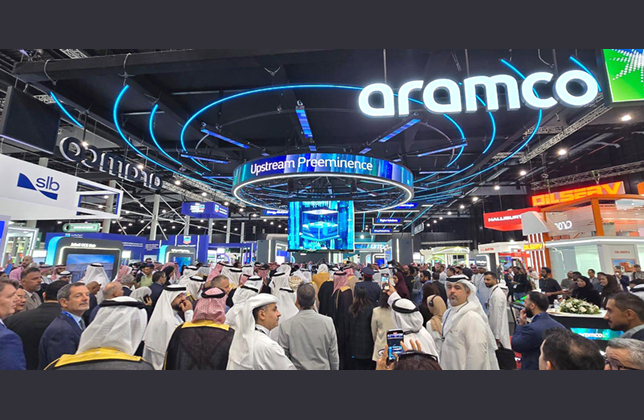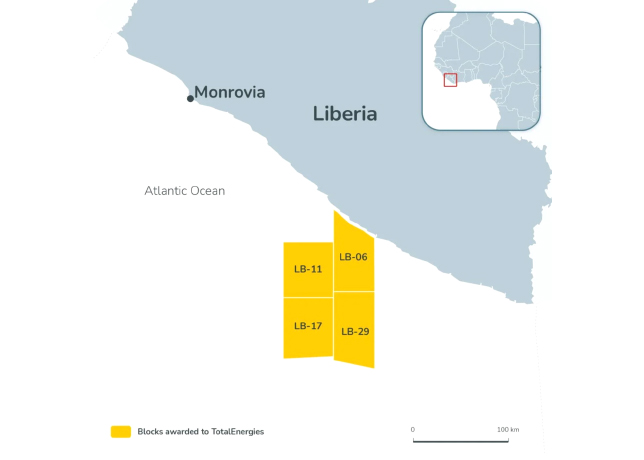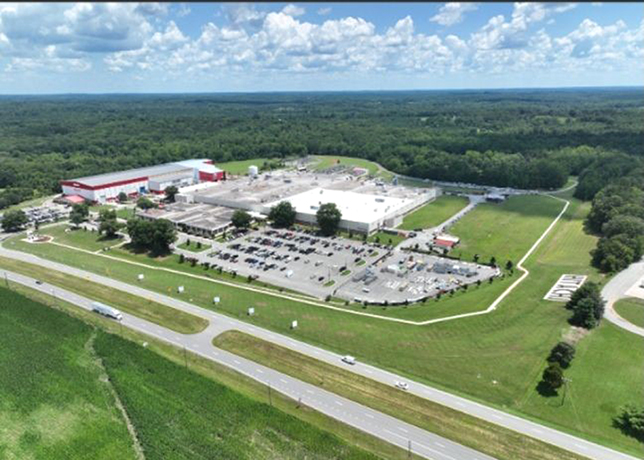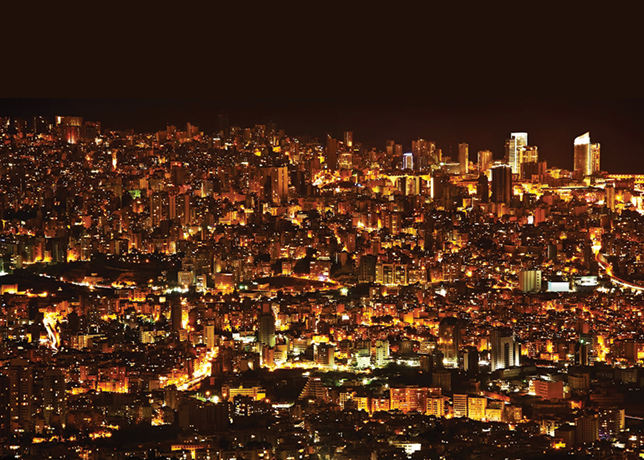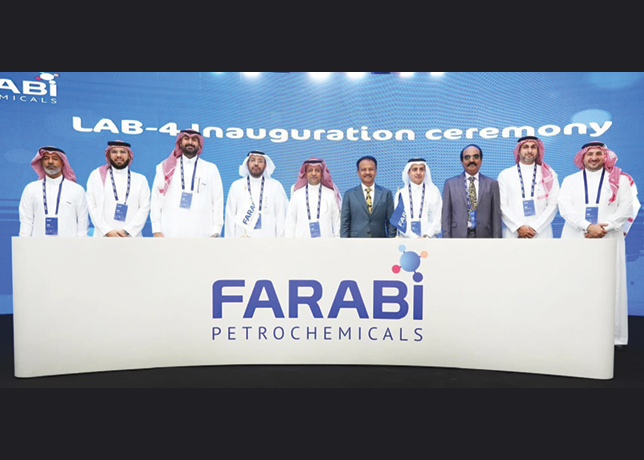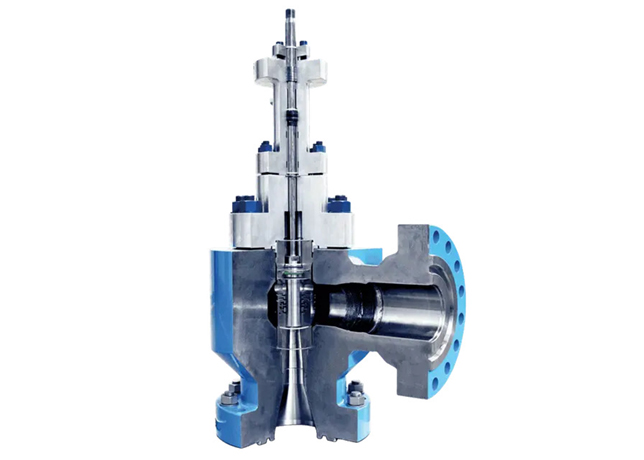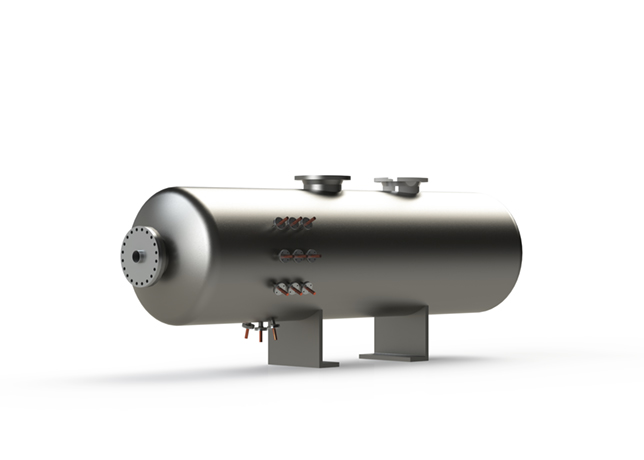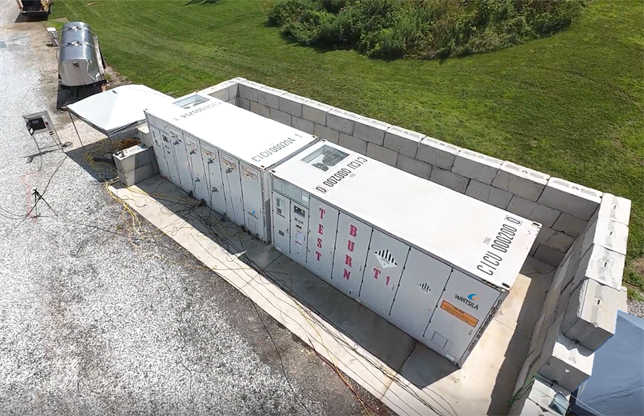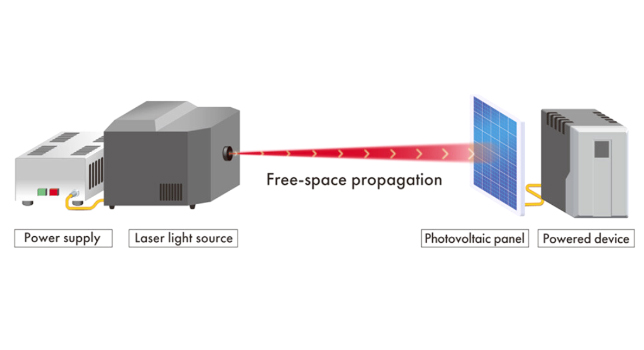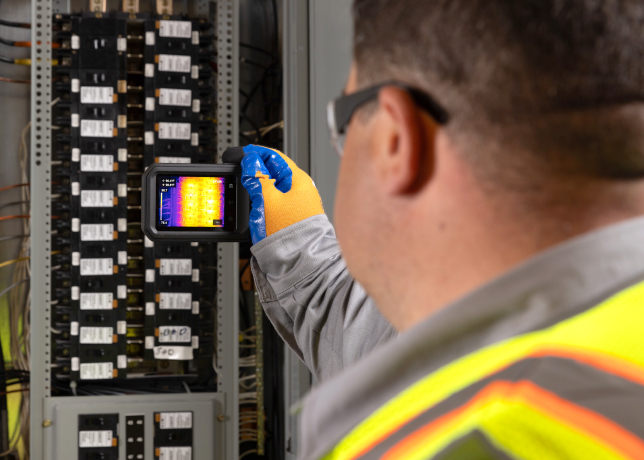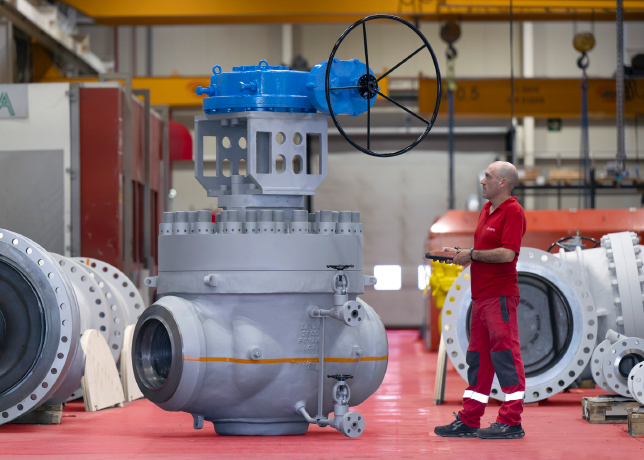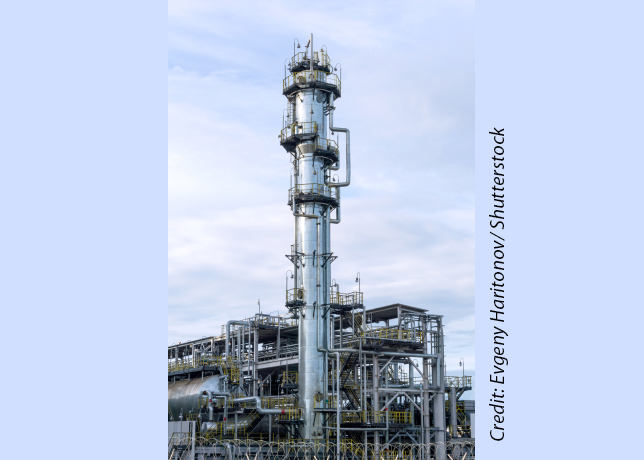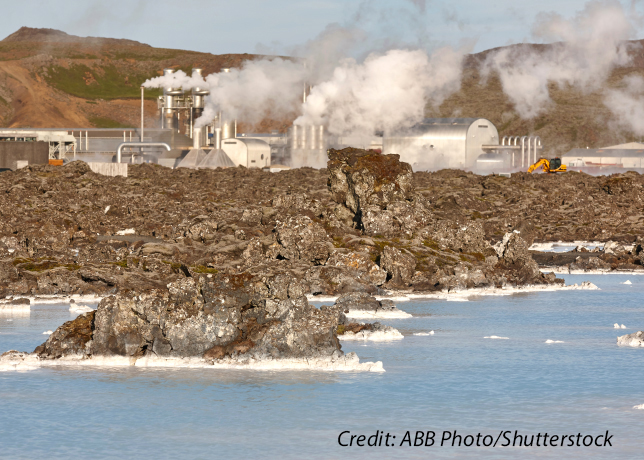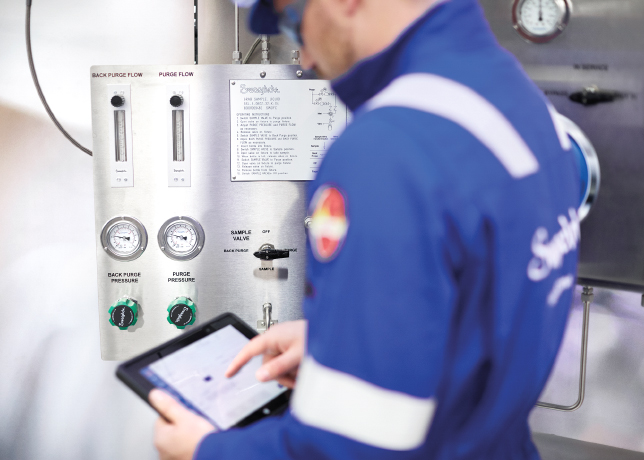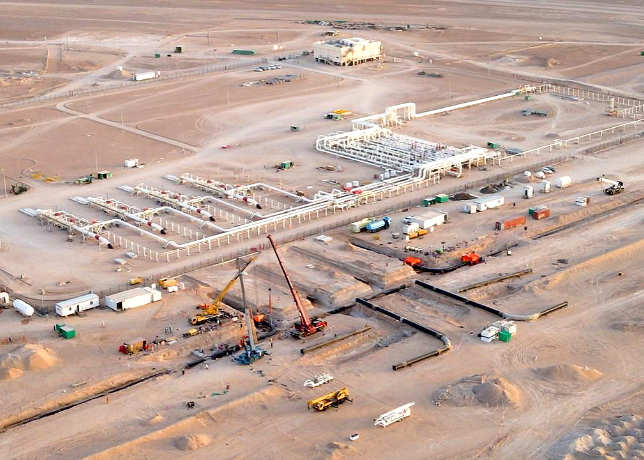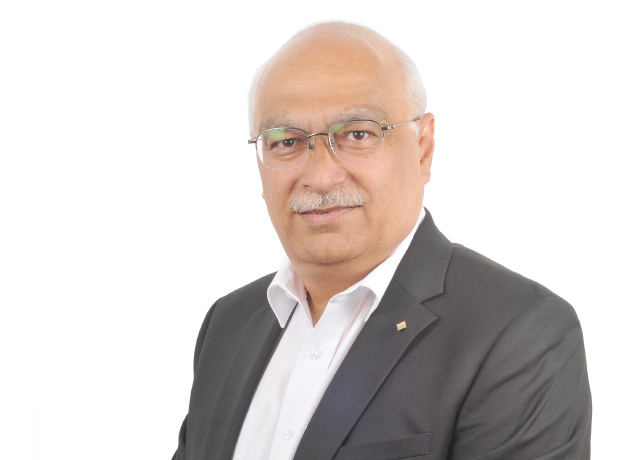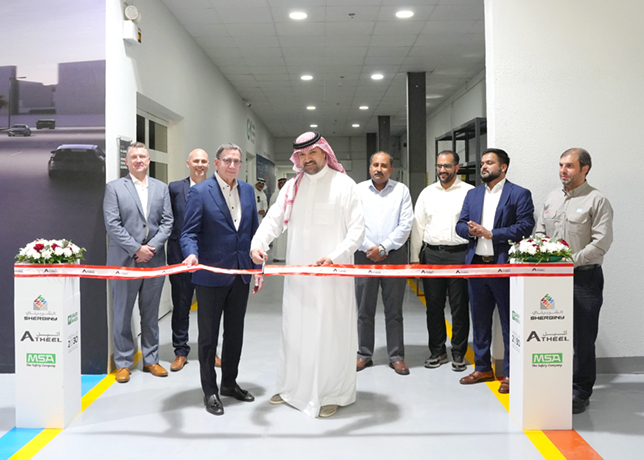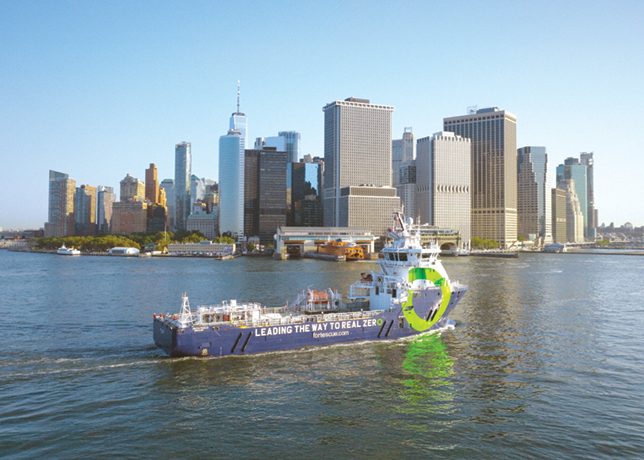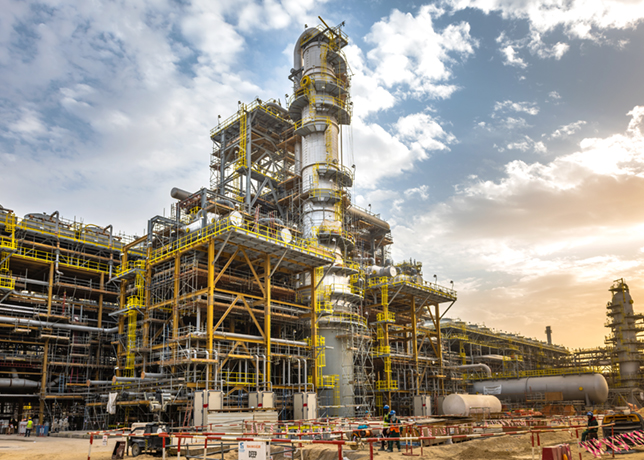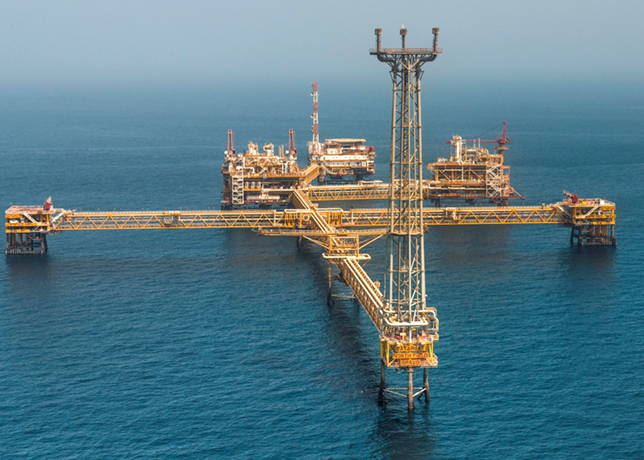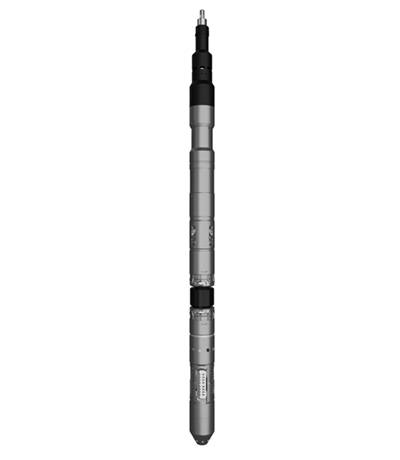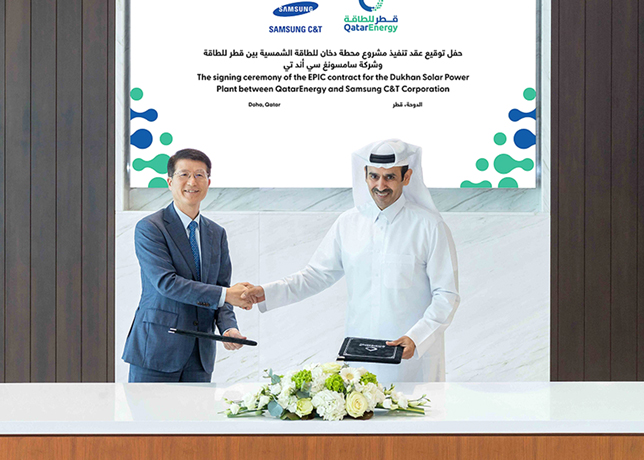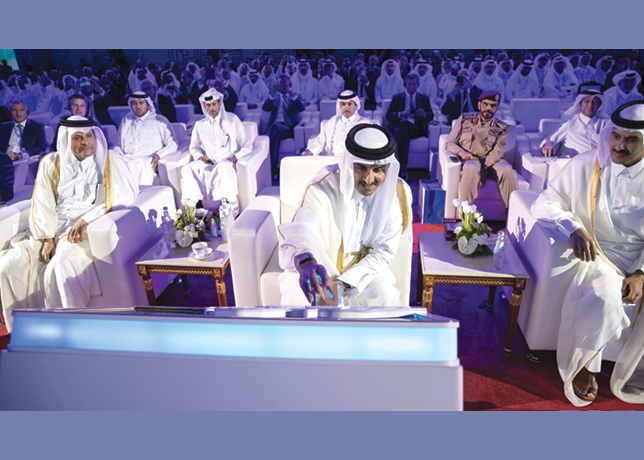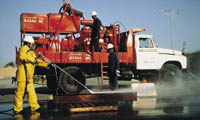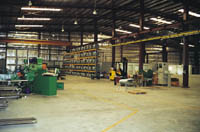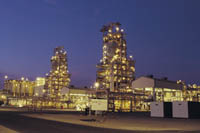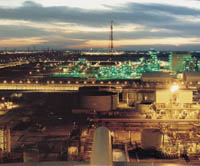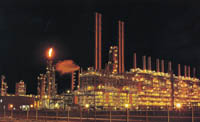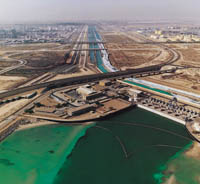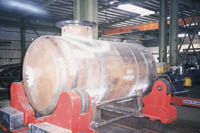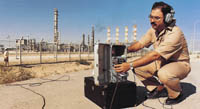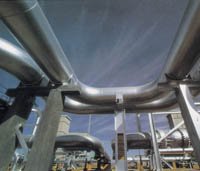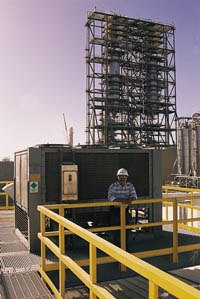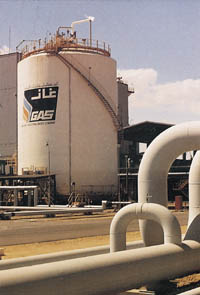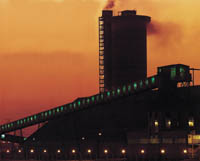
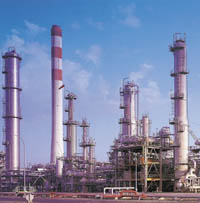 Samref is one of the most advanced refineries
Samref is one of the most advanced refineries
LIKE ITS Eastern cousin Jubail, Yanbu Industrial City started as little more than a fishing and agricultural village on the Red Sea.
The original Yanbu Master Plan was prepared in 1977 to transform this outpost into the second industrial pillar for Saudi Arabia.
Today, though not as large a development as Jubail, Yanbu Industrial City nevertheless provides a vital strategic outlet for the Kingdom's petrochemical and other hydrocarbon products.
In particular, its location close to the Suez Canal offers excellent access to European and other western markets.
Just as the planners had done at Jubail, the Royal Commission for Jubail and Yanbu conducted a thorough survey of the Yanbu site, which presented particular logistical and environmental challenges.
Unlike Jubail, the area earmarked for industrial development in Yanbu was far from the nearest metropolitan area and ready access to goods and services.
Cut and fill operations and dredging relocated more than 70 million cu m of earth at Yanbu, while the minimum land elevation within the city boundaries was raised to two metres.
Yanbu's King Fahd Industrial Port is the largest oil and petrochemicals exporting complex on the Red Sea. It was completed by the Royal Commission in 1982 and comprises seven terminals with 25 berths, a service harbour, bulk cargo and container handling equipment, and marine support facilities.
The Port receives raw materials bound for the industrial areas and exports their value-added products. It also handles crude oil transported from the Eastern Province through the East-West pipeline.
The crude oil terminal at Yanbu has ensured the reliable transport of crude barrels to markets around the world. Two berths can be used concurrently, providing a maximum loading rate of 300,000 barrels per hour.
Yanbu plays host to primary, secondary and light manufacturing industries.
At present, all primary industries in Yanbu are hydrocarbon-based.
A 64 sq km area is used for primary and secondary industrial development at Yanbu. There are eight primary industries currently operating in the heavy industrial park (including the Saudi Aramco Crude Oil Terminal).
The Industrial City is the home to one of Saudi Aramco's most advanced export refineries, the 320,000 barrels per day (bpd) Samref plant, which is also one of the Kingdom's largest refineries.
Samref is said to be considering product diversification to include petrochemical feedstocks to meet growing domestic demand.
Yanbu's largest petrochemical producer is Yanpet, which recently completed a major expansion project.
The company, a 50:50 joint venture between Sabic and ExxonMobil, added a 535,000 tpy polyethylene plant, a 410,000 tpy ethylene glycol plant and a second 800,000 tpy steam cracker. The first polypropylene unit at Yanpet now produces 260,000 tpy.
The expansion, which cost an estimated $2.6 billion, started in 1997 and its completion raises Yanpet's overall production capacity to 1.6 million tpy of ethylene, 1.145 million tpy of polyethylene and 770,000 tpy of ethylene glycol.
There are also reports from industry sources that Yanpet is looking to further expand its ethylene capacity by 500,000 tpy by 2003/2004.
Yanbu has been slower to attract private sector investments, though the Saudi group Alujain has, according to reports, decided to push ahead with a $425 million, 900,000 tpy iso-octane plant in the Industrial City.
The plant is due to come onstream in 2004.
Meanwhile, National Petrochemical Industrial company (NPIC) is said to be planning a new $240 million facility for the manufacture of polypropylene.
The facility, the first petrochemicals company in Saudi Arabia owned completely by private investors, will have a production capacity of 280,000 tpy of polypropylene.
The Saudi Industrial Development Fund (SIDF) is financing around $107 million of the $240 million, with the remaining finance being provided by private shareholders and bank loans.




